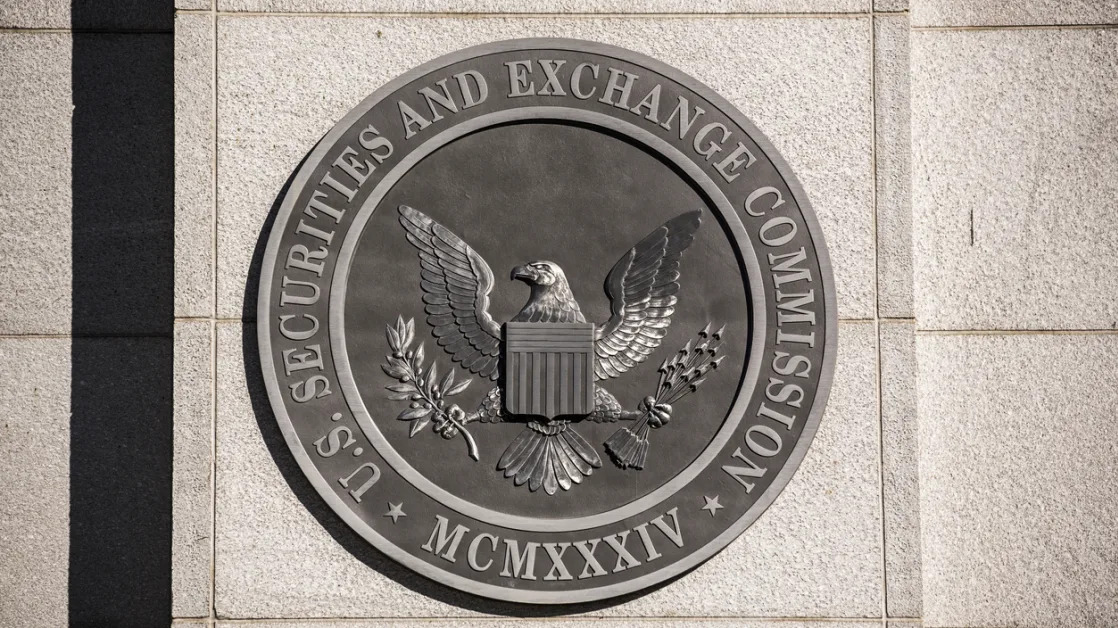Exchange-traded funds (ETFs) tied to the ether {{ETH}} price debuted in the U.S. late July, opening doors for investors seeking exposure to the cryptocurrency while bypassing the hassle of storing it.
Since then, activity in ether derivatives listed on the Chicago Mercantile Exchange (CME) has cooled, according to CCData , a digital assets data provider based in London.
Trading volume in ether futures declined 28.7% to $14.8 billion in August, the lowest since December 2023. Volume in ether options fell 37% to $567 million.
"This decline in trading volumes for ETH instruments suggests lower-than-expected institutional interest in the asset, particularly following the launch of spot ETH ETFs," CCData noted. "The reduced inflows into spot ETH ETFs in August further support this trend. Additionally, seasonality effects in August may have also contributed to the decreased trading activity, with this trend likely to continue into September."
Before the advent of spot ETFs, futures and futures-based ETFs were the only regulated avenues available for traditional stateside institutions. The spot products are generally perceived as superior to futures-based ETFs as the latter are vulnerable to " contango bleed ." That said, demand for spot ETFs has not been impressive either.
Data tracked by Farside Investors show ether ETFs have registered a net outflow of over $500 million since their debut. Bitcoin ETFs, in contrast, saw a net inflow of over $300 million in the first six weeks.
"The launch timing of U.S. spot Ether ETFs on 23 July turned out to be less than ideal, coinciding with a tech stock sell-off. Ether’s high beta (~2.7) implies high losses in periods of risk aversion, and Ether prices had now seen a 30% drawdown since launch," DBS Treasuries said in a market insights post on Wednesday.
Ether's price fell over 22% to $2,512 in August, its biggest monthly percentage slide since June 2022, amid volatility in traditional markets and crypto market leader bitcoin.
Shift toward bitcoin
Globally, there has been a shift toward market leader bitcoin, a sign crypto investors are becoming risk averse in the wake of the stalled bull run.
In August, volume in CME's bitcoin futures rose 3.74% to $104 billion, according to CCData. Still, the volume of BTC options traded fell 13.4% to $2.42 billion.
Data tracked by Wintermute show bitcoin futures now account for 48% of the total notional open interest in the crypto futures market, while alternative cryptocurrencies, including ether, account for the rest. In March, when optimism was at its peak, bitcoin represented just 31% of the global open interest.
"This shift toward higher market cap assets like bitcoin signals a more conservative market sentiment, with traders displaying less appetite for risk and speculative positions in smaller, more volatile cryptocurrencies," Jake Ostrovskis, an over-the-counter trader at Wintermute, said in a market note shared with CoinDesk.





